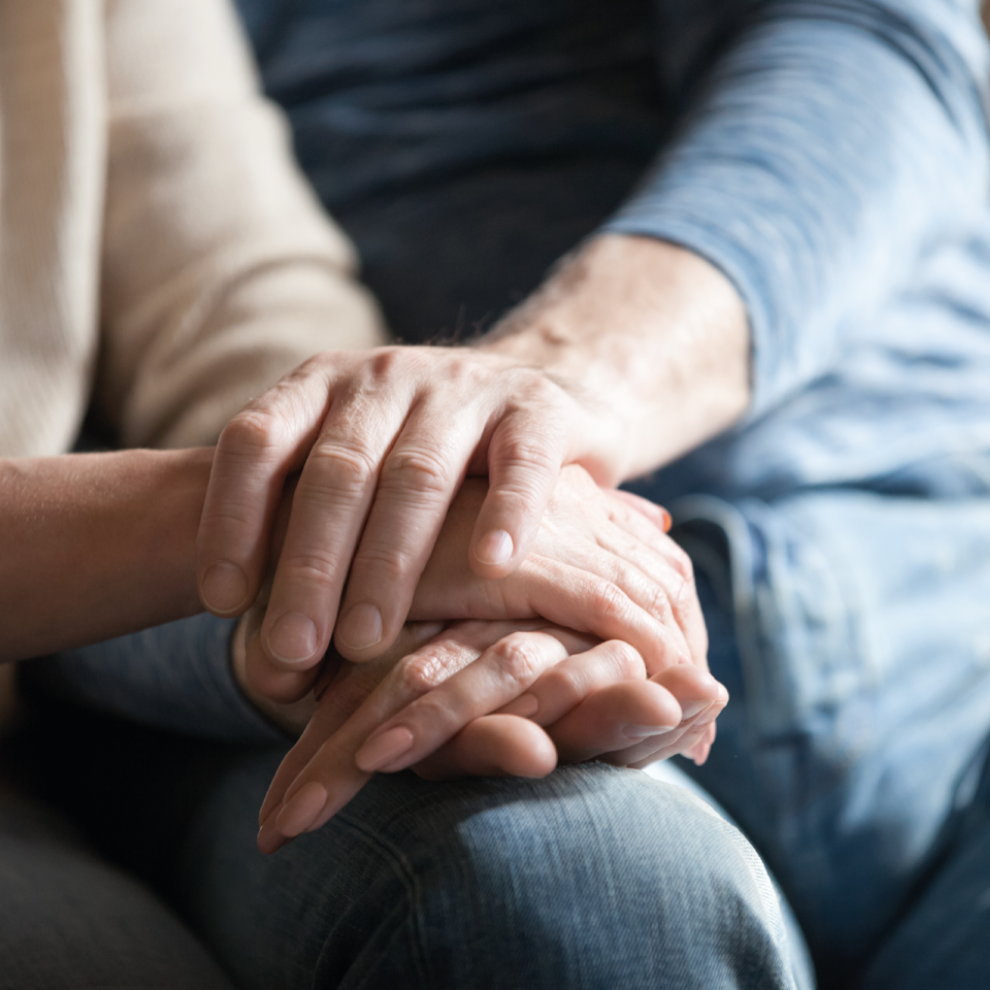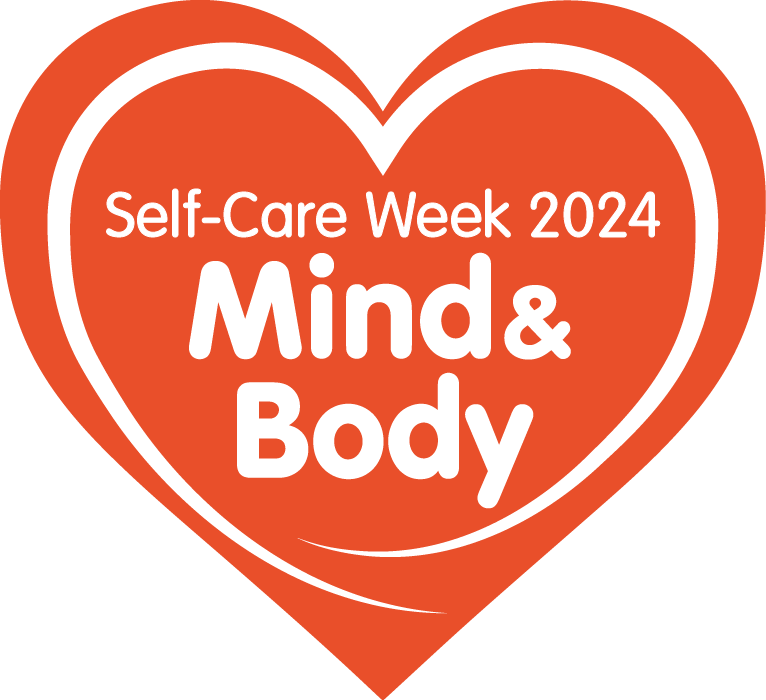Blog by Partners: HARTMANN Group
Incontinence, also referred to commonly as bladder weakness, comes in many forms and has many causes. For many people with incontinence, the condition negatively affects their self‑esteem and leads to social withdrawal.1 As an extremely intimate issue, it is understandable that people feel uncomfortable discussing the signs of incontinence among their wider circle of friends. And shame often inhibits people from seeking out medical help when the first symptoms of urinary incontinence develop. Those affected by incontinence are definitely not alone: Estimates indicate that about 9 million people currently have the same questions about incontinence.2
To have an active and carefree life as an incontinent person, it is important to identify the symptoms and take them seriously. Modern aids as well as treatment with medications or physiotherapy nowadays mean that those affected can have an almost normal life even without full control of their bladder. The first step, however, is an open discussion about the condition, whether with a trusted person or your general practitioner.
This article describes which signs indicate bladder weakness and how you can positively help those affected to manage the issue.
Definition: What is incontinence?
Urinary incontinence refers to any involuntary loss of urine (wee), whether it’s a few drops or larger volumes.3
The term ‘incontinence’ is derived from the Latin word ‘incontinens’ which means ‘not holding together’. The ability to voluntarily control emptying of the bladder (miction) can be disrupted over the course of your life and can become a problem in old age in particular. For this reason, incontinence often develops in older people aged over 65 years.4
However, bladder weakness, as incontinence is commonly referred to, can also develop in people of any age and any sex. Women are more often affected by urinary incontinence than men: stress incontinence, when urine is released with physical exertion such as coughing, sneezing, laughing or exercising like running. Pregnancy can also trigger temporary or long-term bladder weakness because during the pregnancy as the baby grows this can put increased pressure on the bladder and pelvic floor muscles.5
In fact, it’s estimated that between 3 and 6 million people in the UK have some degree of urinary incontinence. As well as urinary incontinence, there is also faecal incontinence, but this occurs much less often and typically occurs with advanced age.
Am I incontinent?
‘You have a bladder the size of a thimble’: expressions like this are often used to tease friends who are always going to the toilet. This may indicate a weak bladder but is not necessarily a sign of bladder weakness. People who drink lots of fluids, or fluids that can irritate the bladder may need to go to the toilet more often, but this does not mean they are incontinent.
Do you involuntarily release urine when you cough, sneeze, or lift a heavy object, for example? Do you often have such a strong urge to pass urine that sometimes you don’t make it to the toilet in time? Do you wake more than 2 times in the night to pass urine? Then these are some of the typical symptoms of bladder weakness.
When and how much urine you lose may indicate what type of incontinence you have and will help to get you the right treatment. The following types of incontinence are common:
- Stress incontinence: This type of incontinence develops if the pelvic floor muscles and/or the urethral sphincter muscles are damaged. Urine is released if you physically exert yourself. Triggers include lifting heavy objects or coughing, sneezing or laughing. Women are affected more often than men.
- Overflow incontinence (chronic urinary retention): Is when the bladder cannot empty completely. This is often caused by a stricture or blockage to the urethra which is the tube that transports urine. It can also be caused by nerve damage or if the bladder muscle is not contracting properly. Overflow incontinence is particularly common in older men. The most common cause is an enlarged prostate.
- Urge incontinence: Is caused by the bladder muscles (detrusor) either being overactive or underactive. The urge to pass urine happens suddenly because the muscle may be contracting too often, even if the bladder is not full. It can sometimes be caused by a Urinary Tract Infection (UTI), drinking too much caffeine or alcohol and some medicines.
- Reflex incontinence: Is similar to urge incontinence but the person does not usually get the urge or sensation they need to pass urine and therefore leak unexpectedly. This type of incontinence is due to a disruption to the transfer of information from the bladder to the brain often caused by problems with the nervous system such as nerve damage caused by injury or disease such as Parkinsons, Alzheimers and Multiple Sclerosis (MS).
- Extraurethral incontinence: Sudden or constant loss of urine sometimes caused by fistulae, trauma or cancer, or congenital anomalies. Fistulae are small passageways that can develop inside the body. If a fistula joins the bladder to the vagina or the rectum, urine dribbles through the fistula to the outside of the body.
- Mixed incontinence is usually a mixture of urge and stress incontinence.
- Temporary incontinence: After pregnancy or prostate surgery, some people may suffer temporarily involuntary loss of urine. Those affected often complain only temporarily about one of the types of incontinence. The symptoms often disappear completely.
- Faecal incontinence: Faecal incontinence means the involuntary passing of gas, liquid and/or solid stools.7 It often affects older adults.
Contact your GP if you think you have signs of bladder weakness. Remember with the right help and support your symptoms could be improved if not cured.
Identifying & helping with incontinence
Incontinence is not easy to talk about – regardless of whether it’s you or someone else is suffering from incontinence. However, its good to talk, talking to others about incontinence can be very helpful and improve the quality of life of those affected and reduce feelings of isolation.6
If you are reading this, then you may suspect someone in your family or circle of friends that has incontinence. We can help you identify bladder weakness affecting a family member or friend and what you can actively do to help.
Signs that someone is affected by incontinence
Usually, there are several signs that suggest that someone is suffering with bladder incontinence If a family member or friend has one or more of these signs it, may indicate they are suffering with incontinence.
- Smell of urine, either on the person themselves or in their home.
- Someone who was active withdraws and becomes more socially isolated, sometimes only leaving the house for short periods or short distances.
- A toilet must always be close by and will only go on outings or activities if they are certain there is a toilet nearby.
- Frequent changes of clothing
- Spots on clothing or seats.
- Gatherings are kept as short as possible.
- You find products such as pantyliners, larger pads in the bathroom although the person who is possibly affected has surely not had a period for a long time or is a man.
- The person restricts how much they drink or what they drink.8
Remember it is not easy for a person to talk about or accept that they may be incontinent. We have gathered some helpful tips for you so you can help support your relative or friend to live more actively with incontinence.
What can you do to help someone with incontinence?
The most important thing first: act! Even if it is unpleasant at first, you have the opportunity to help improve this person’s quality of life. Many people, particularly much older people, do not know that a good and active life with incontinence is still possible and thanks to modern aids and treatment options this is possible.
How you approach the matter depends very much on your relationship with the affected person. An open conversation is often the first step. There may also naturally be situations when you have to proceed more cautiously, and you cannot discuss the subject incontinence directly.
Possible icebreakers for talking about incontinence:
- Use current studies and figures as a conversation starter, for example: ‘Did you know that one in ten people are incontinent? The real number is probably much higher because it is such a hard thing to talk about.’
- If you notice that someone is going to the toilet more often than usual, ask if they have a bladder infection as this can be a gentle introduction to a conversation about incontinence.
- First, talk a little about yourself. As a woman, you may be more familiar with temporary bladder weakness during pregnancy or have heard about it from pregnant women in your circle of friends.
- As a man, you can refer to the knowledge that incontinence can occur during and after pregnancy or for a man who you think may be suffering incontinence then mention the likelihood of prostate problems affecting a man’s continence as they get older or certainly after prostate surgery to give the person that feeling that he or she is not alone with the problem.
How you can help someone with incontinence
Once the silence has been broken, you can then offer your help and support:
- If the person has mild bladder weakness, targeted training of the pelvic floor muscles can greatly ease the symptoms. You could, for example, offer to search online for programs in your area. You can also find some simple exercises on our website to make a start.
- Pelvic floor training is suitable for people of all ages. Why not make a start on it together?
- Keeping a bladder diary is a good way of understanding your bladders habits and patterns. Your doctor can also help you to better define the type and severity of the bladder weakness.
- We would recommend visiting that the person visits their GP. Talking about your bladder weakness is the only way for the doctor to identify the underlying physical causes and recommend a suitable treatment. If the person does not feel comfortable confiding in their GP, you can also reach out to online communities such as the Bladder and Bowel Community.
- Depending on the diagnosis, surgical procedures may be an option to improve or relieve some of the symptoms. Your specialist will advise if this is appropriate for you.
- Many people do not know that menstrual pads and incontinence pads are fundamentally different because urine usually must be absorbed and locked inside the product in much larger quantities and considerably faster. The smell of urine is neutralised by incontinence pads. Unlike blood, urine also irritates the delicate skin in the genital area. Incontinence products must therefore keep the skin quite dry and help to protect the skin.
- For some people, a self-help group or community such as the Bladder and Bowel Community can be a good point of contact
- If it involves a person who you are not close enough to for such a conversation, more subtle ideas may still help. At work you could, for example, ensure that the cubicles in the men’s toilets have rubbish bins to encourage the discreet disposal of incontinence products. You can also plan regular toilet breaks in meetings if you notice that a colleague may have bladder issues.
Important: If the affected person indicates that they do not want to talk about the subject or do not need any help, you should respect their wishes and maybe approach the subject again at a later date. Always keep in mind that problems with bladder weakness/incontinence cause embarrassment for many people.
And finally, the most important: be brave! Although incontinence can not always be cured, with the help of modern medicine and reliable aids, many people can live and have an active life.
Sources:
PAUL HARTMANN AG & Edelman Intelligence: ‘Eine europäische Studie zum Leben mit Inkontinenz’ [A European study on living with incontinence], February 2019, n=2,311 persons aged at least 45 years old who have incontinence. The study was conducted in Germany (n=505), France (n=502), the Czech Republic (n=502), Spain (n=502) and Switzerland (n=300)
3 Definition source: Definition from the International Continence Society, Abrams et al., 2002: The Standardisation of Terminology of Lower Urinary Tract Function), page 16.32
4 & 5 & 6 www.breaking-the-silence.de
PAUL HARTMANN AG & Edelman Intelligence: ‘Eine europäische Studie zum Leben mit Inkontinenz’ [A European study on living with incontinence], February 2019, n=2,311 persons aged at least 45 years old who have incontinence. The study was conducted in Germany (n=505), France (n=502), the Czech Republic (n=502), Spain (n=502) and Switzerland (n=300)
7 Faecal incontinence
Diagnosis, treatment and importance of sacral nerve stimulation, 28 August 2017, P. Gaßmann & A. E. Gohrbandt Springer.
8 Deutsches Netzwerk für Qualitätsentwicklung in der Pflege [German Network for Quality Development in Nursing] (publisher) Expert standard for awareness of urinary incontinence in nursing, 1st update 2014, page 38.




